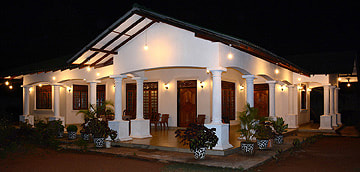|
Tamil temples in India and Sri Lanka are called Kovils. Both photos taken in Colombo show two characteristic features of Kovils, namely the gateway tower called Gopuram and the chariot called Ratha. Gateways carrying the highest towers are not found in temples in northern India. Gopurams have been a feature of Dravidian (Tamil) temples since the classical Pallava period and have surpassed the other temple towers (Shikharas) in height since the Nayak period of the early modern age.
In contrast to Gopurams, Rathas are actually not found at Tamil temples exclusively, Rathas are the cariots of temple feasts all over India. During the festival season, they are richly decorated and pulled through the streets. The name 'Ratha' is of Sanskrit origin and etymologically related to the Spanish word 'rueda', meaning 'wheel', and more obviously to the Latin and English term "radius", indicating a circular form. Though this may appear to be somewhat odd, the origin of Gopuram architecture is actually the Ratha. How can this be? Rathas are made of wood and Gopurams are stone buildings. However, the Pallava architecture of the 7th century imitated wooden chariots by stone constructions of almost the same shape and size, as can be seen at the famous Pancha Rathas ('Five Rathas') in World Heritage Site Mahabalipuram near Chennai in India's state of Tamil Nadu. Actually, these Pancha Rathas of the Narasimhavarman period of Pallava architecture, though not completed afterthe king's death, became prototypes of Tamil tower architecture in general - and in the course of the centuries their original shape developed into those giant towers known as Gopurams or Gopuras.
0 Comments
|
AuthorNuwan Chinthaka Gajanayaka, Categories
All
Archives
June 2020
Buddhism A-Z
|
|
Find a list of 270 Sri Lanka travel destinations & attractions: CLICK HERE Our illustrated list of places of interest is sorted by travel regions, more precisely: by 22 most recommendable places for overnight stays. All 270 sights are within day-trip distance from one of those 22 major locations. (Please understand: Loading 270 images requires more seconds than usual.) |
Why travel with Lanka Excursions Holidays?
+ We are a local agency owned and run by Sri Lankans, not part of international holdings
+ We are well known for our direct and personal relationships with travellers
+ We facilitate authentic meetings with locals who are not from the tourism sector
+ We follow a strict policy not to push guests to visit shops and shops and shops
+ We have an unrivalled expertise to show you places off the beaten path
+ We provide genuine information instead of clichés and tourism industry slogans
+ We are a local agency owned and run by Sri Lankans, not part of international holdings
+ We are well known for our direct and personal relationships with travellers
+ We facilitate authentic meetings with locals who are not from the tourism sector
+ We follow a strict policy not to push guests to visit shops and shops and shops
+ We have an unrivalled expertise to show you places off the beaten path
+ We provide genuine information instead of clichés and tourism industry slogans
Our ambition is to provide high-quality information in preparation of your Sri Lanka holidays
... and even more superb travel experiences
... and even more superb travel experiences
we also run our own guesthouse near Anuradhapura:
First House Mihintale
87, Missaka Mawatha, Mihintale 50300, Sri Lanka.
0094 71 6097795
87, Missaka Mawatha, Mihintale 50300, Sri Lanka.
0094 71 6097795
|
Lanka Excursions Holidays
Registration Number SLTDA/SQA/TA/02179
255/24, "Green Park" Dawatagahawatta, Thimbirigaskatuwa, Mahahunupitiya East, Negombo, Sri Lanka
Office: +94 31 223 991 Hotline: +94 71 6097795 [email protected] Lanka Excursions Holidays office hours 8.00 to 6.00 p.m. daily (except from June Fullmoon Day)
|
if not stated otherwise, texts and photos provided by Ernst A. Sundermann, sales manager of Lanka Excursions Holidays
all rights reserved, © 2016 Lanka Excursion Holidays
all rights reserved, © 2016 Lanka Excursion Holidays
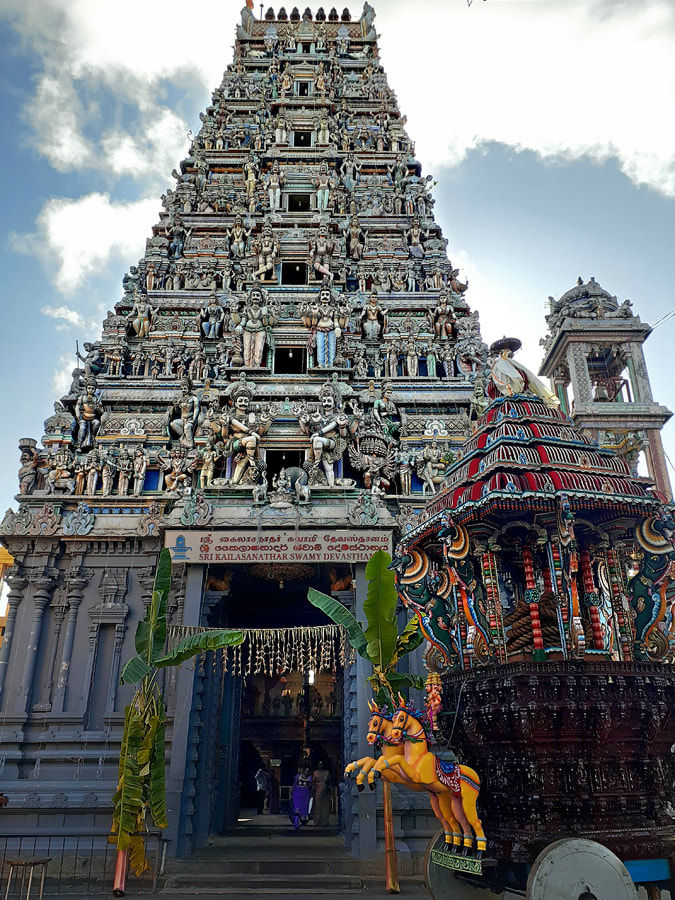
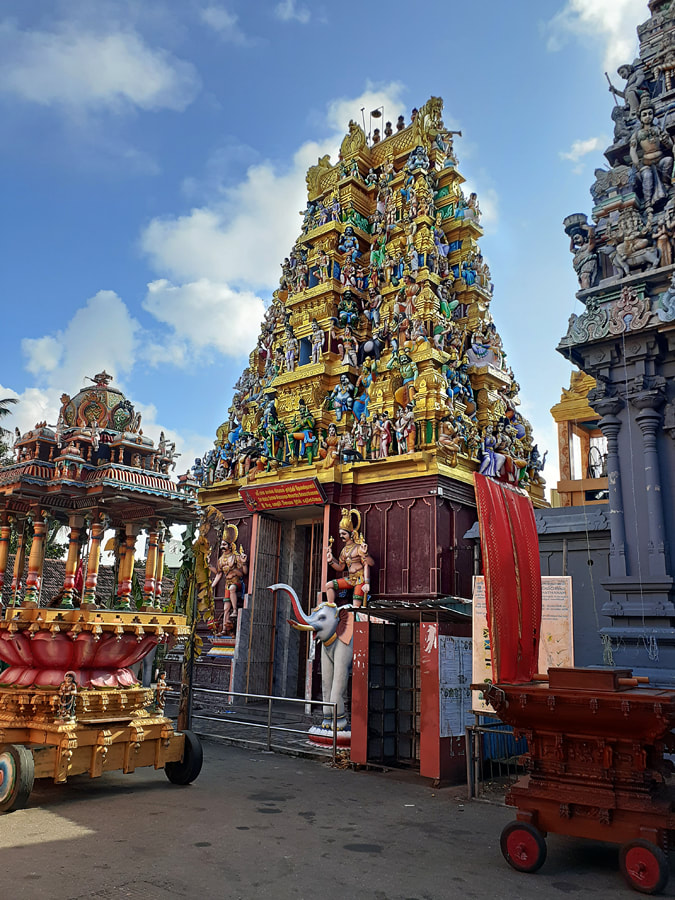
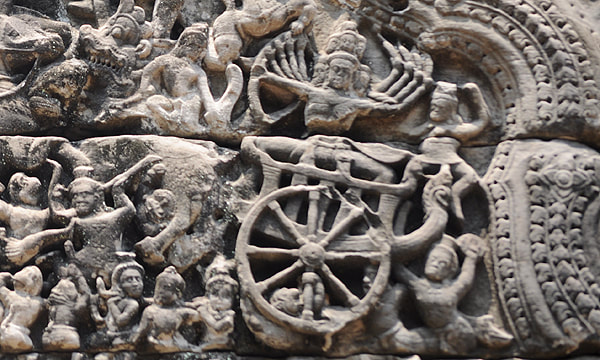
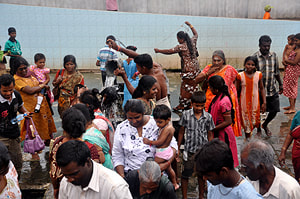
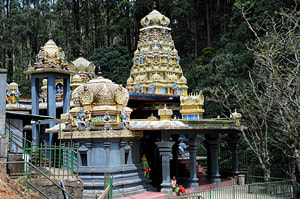
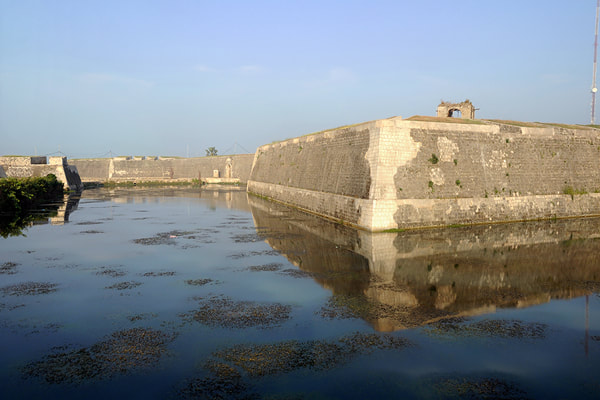

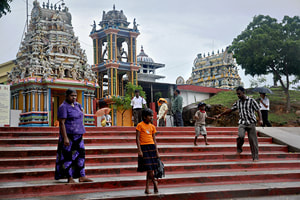
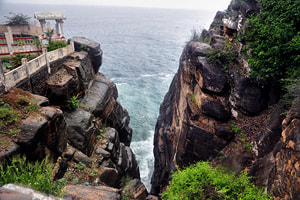
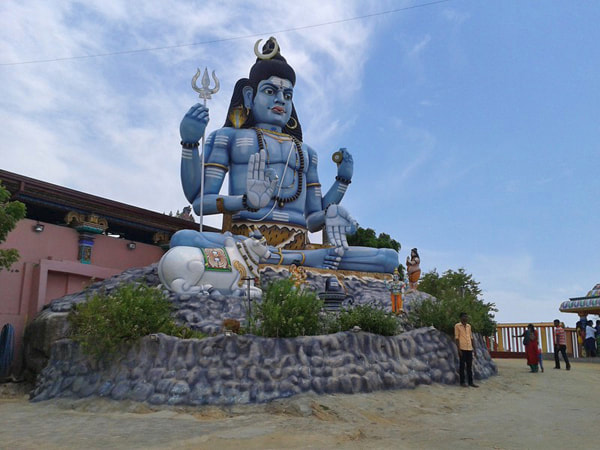
 RSS Feed
RSS Feed
